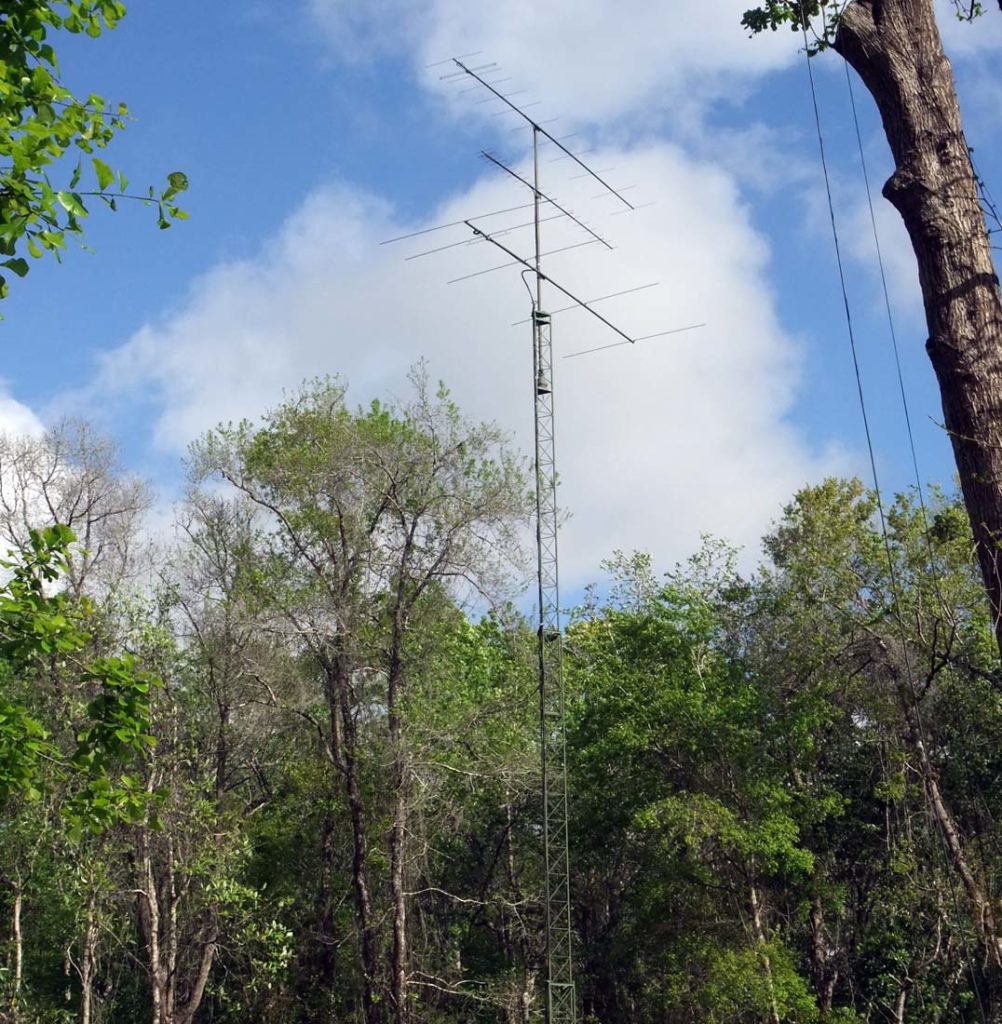About WA4GPM
In 1963, after moving to Wyandotte, Michigan, I passed my 13 WPM code test at the FCC Office in Detroit and was assigned the call of WA8FZC. I operated at home with a Heathkit Apache and a Hammarlund HQ- 110. My high school had a station, W8RHS and I spent many lunch hours on SSB and RTTY. We had a great little radio club and our sponsor, Stan Briggs, W8MPD, set very high standards for us all. (I’m the skinny kid over the oscilloscope!)
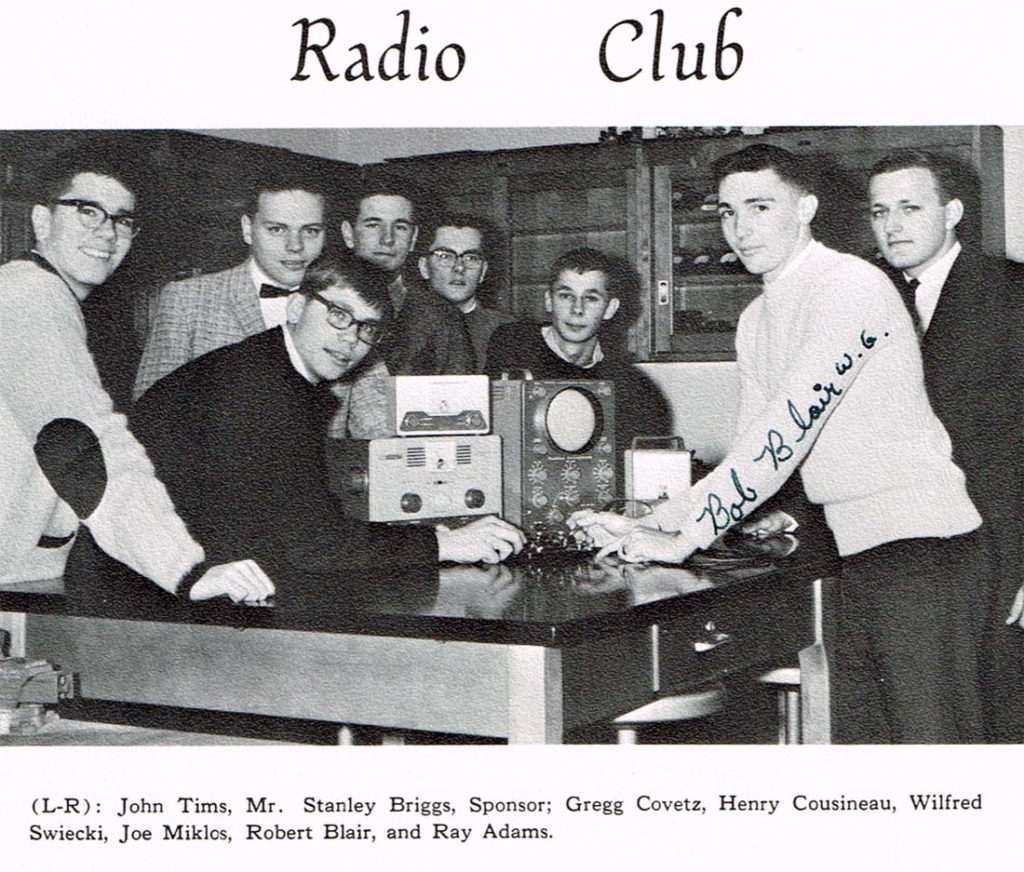
My licensed lapsed during college but after joining the Navy and attending Radioman school in Bainbridge, Maryland, I once again appeared before the FCC in Baltimore and passed the General and Advanced exams and was issued WA3SKT. After graduation from Radioman school, I was transferred to CINCLANTFLT in Norfolk, Virginia and my call was changed to WA4GPM. On board the USS Belknap in 1975 I operated maritime mobile while on a UNITAS cruise to South America. I was CE0/WA4GPM (Juan Fernandez Island) during the November contest and worked hundreds of stations. I had no idea why I was so popular until I returned to port and saw all those QSL cards!
My interest in weak-signal VHF began in Norfolk and I became active on 6-meter scatter. I built an amp using a 4CX1500B fed into a 7-element beam at 60 feet and began working WA9DOT, K1WHS and many others each morning before heading off to work. I began attending various VHF conferences and met K2RIW, K2UYH and W1JR. EME grabbed my interest and with the help of K1WHS, I soon had a station on the air. During the same period, I was in engineering school at Old Dominion University and after graduation I sold all the EME equipment and moved to Utah and went to work for Eimac as a tube engineer.
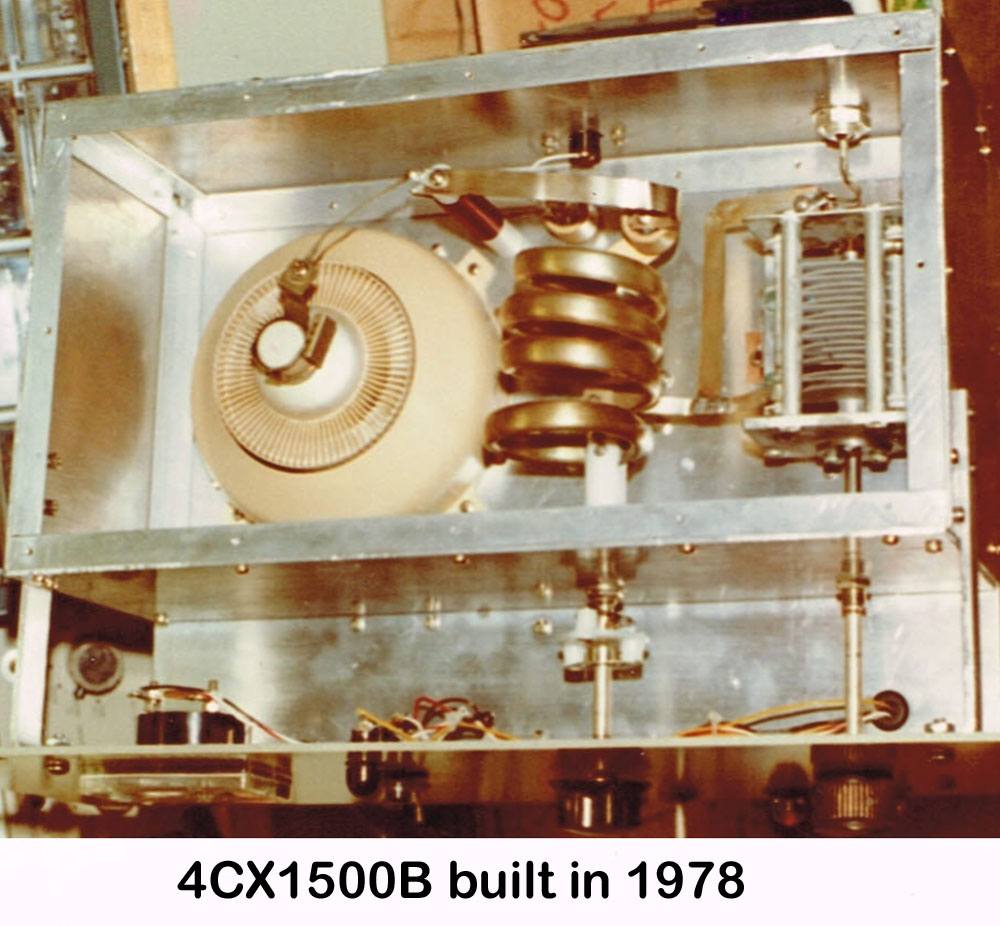
Between my growing family and work there was not much time for ham radio in Salt Lake City. The job at Eimac was fantastic and I learned how to design, build and test power grid tubes. The filament structure in the photo took six months to develop. The 6 mil thoriated tungsten wire is diffusion bonded at each crossover point. It took more than a few tries to get that right!
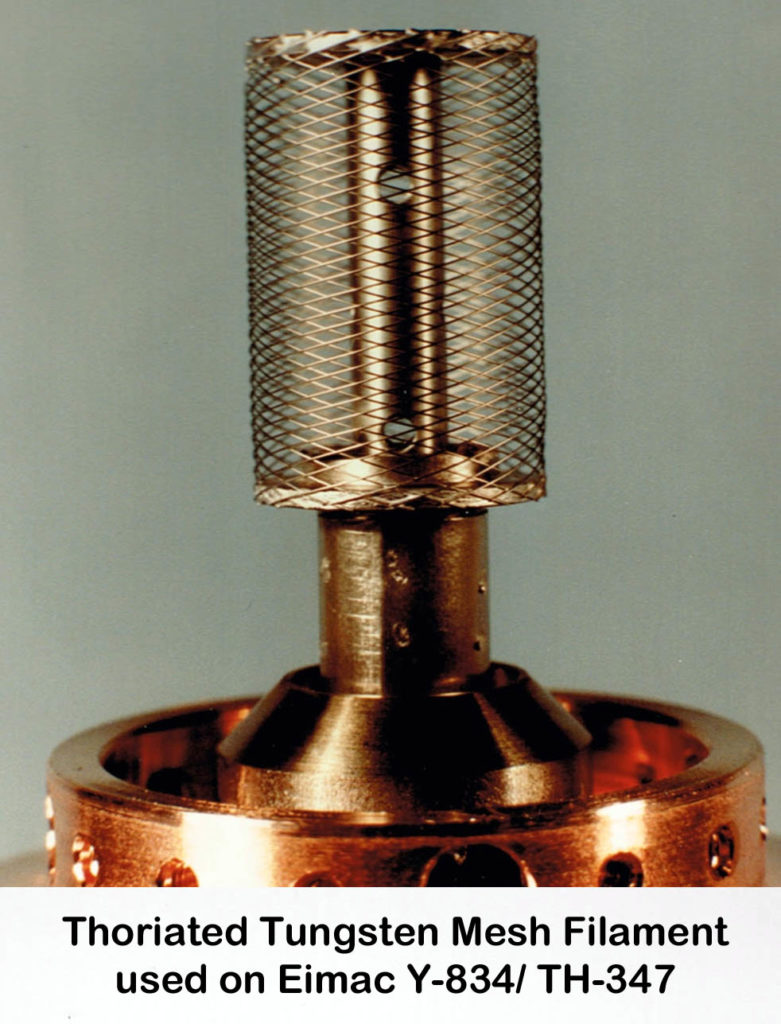
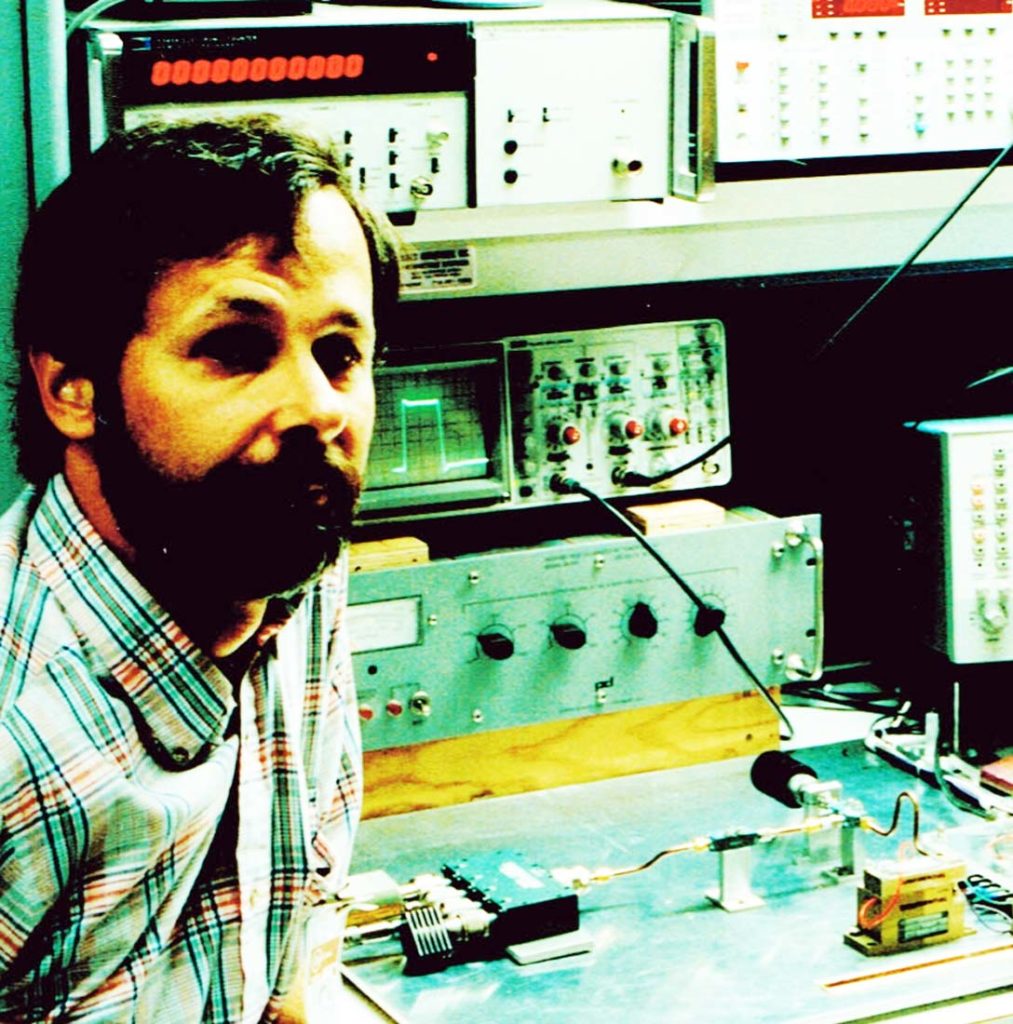
Eventually, I started designing UHF cavities for pulse oscillators and amplifiers and managed the tube developed group for 3-years. I did have a modest station and operated HF, 6, 2, and 432, but being surrounded by mountains the only real opportunities for VHF was mountain-topping during the June and September contests. W7VXW, WA7PXD and I would make our way to the peaks in Utah and southern Idaho each June and September, activating grids and enjoying the great scenery.
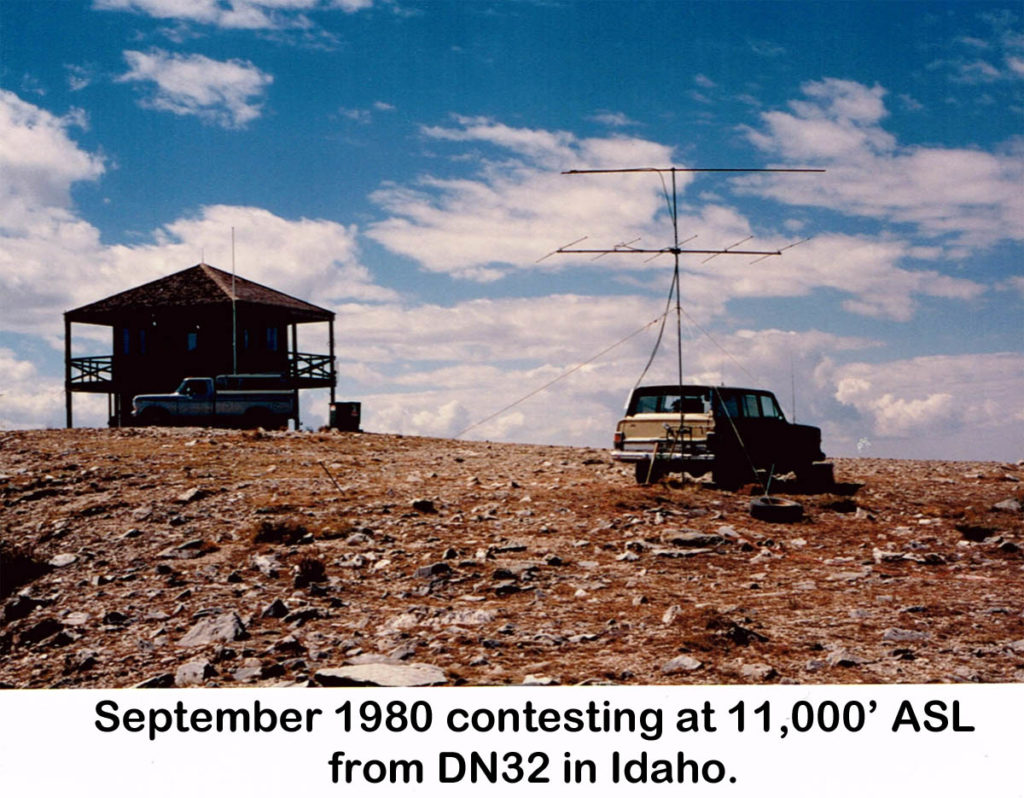
When the Eimac division prepared to close Salt Lake City, I took a job with Henny Penny in Eaton, Ohio. I built a house, set up a great station with the help of Red, W8ULC and had a blast on 432 and 1296. My project, shown in the photo is a 30 kW, 27 MHz Industrial Cooker. I have 3 patents for it and it could cook 20 pounds of potatoes in 8 minutes! After finishing all the documentation, it was time to seek another opportunity and so I headed for Pennsylvania.
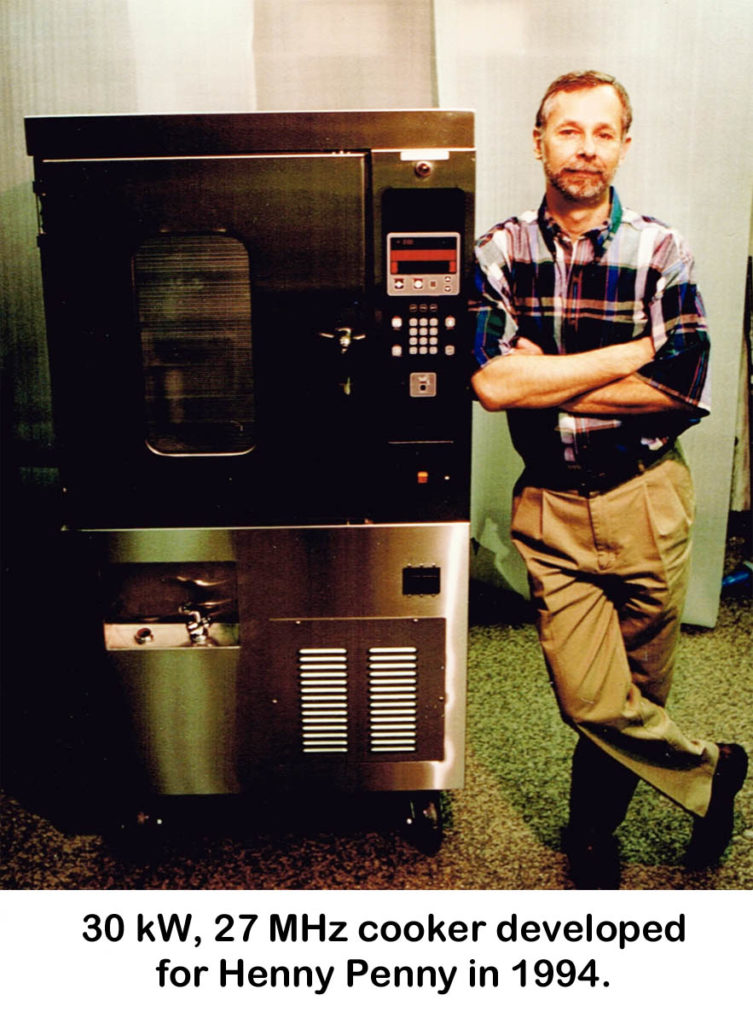
Litton Electron Devices in Williamsport gave me that opportunity and I took on the role as Director of Engineering. Learning about magnetrons, klystrons, cross-field amplifiers was a major challenge. I was part of the team that developed the CEA which won a technical Emmy at NAB. I finished my career as the Director of Sales and Marketing and had great opportunities for travel and meeting other engineers and leaders in the microwave industry.
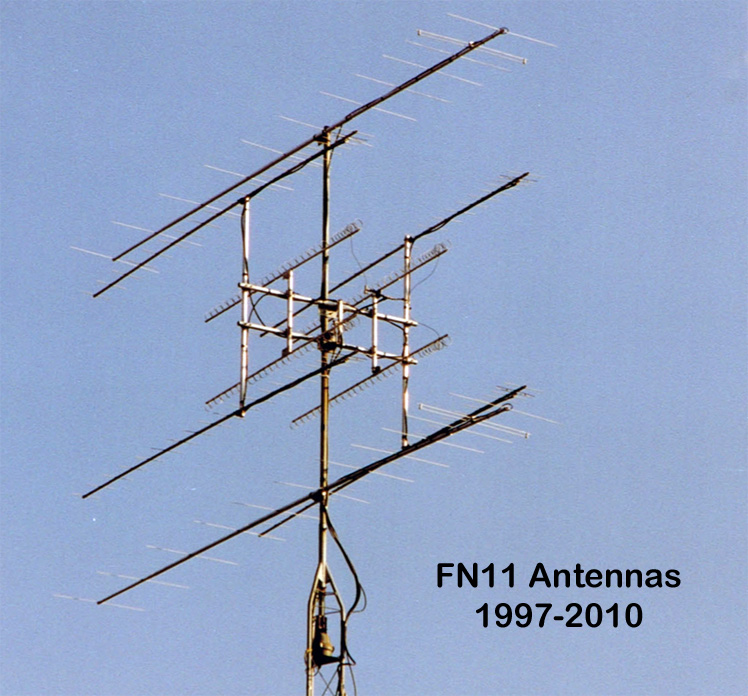
My Pennsylvania station was located on a hilltop affording great opportunities to work ground wave and tropo. Two towers were erected; one to support H-frames for 2 meters, 432 and 1296 MHz while the second tower supported a stacked pair of 5-element 6-meter beams with a 222 MHz yagi in the middle. This was one of the best 6-meter systems I had ever built and it performed quite well with all the F2 openings to Europe during sunspot cycle 23.
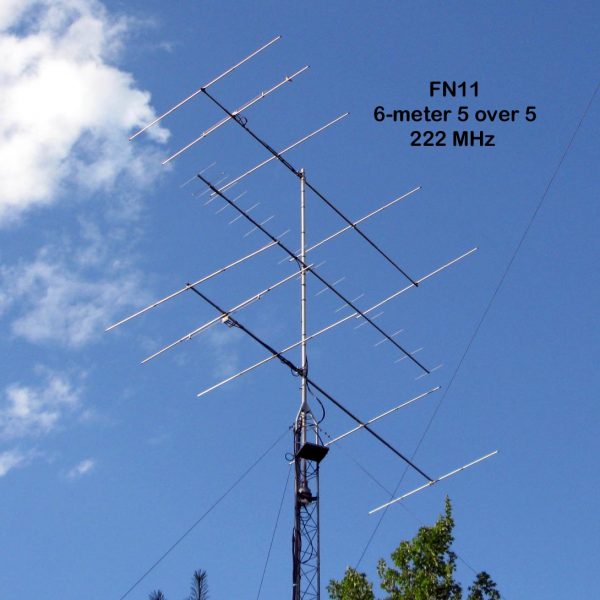
In 2015, I retired and moved to Florida preferring warm sunny skies to piles of snow. I bought a crank-up tower, loaded it with VHF/UHF antennas and began operating in January 2016. I took-on several amp repair jobs fixing up old SB-220s, Amp Supply LK-500s and old Drake L4Bs. It was fun but I soon tired of it and went back to building new equipment but this time with Ldmos transistors. True, a BLF188 is not an 8877 but it is certainly more affordable! Although I still have a warm place in my hear for electron tubes, it was time to update my own personal technical skills. You can see some of the amps on my project page.
